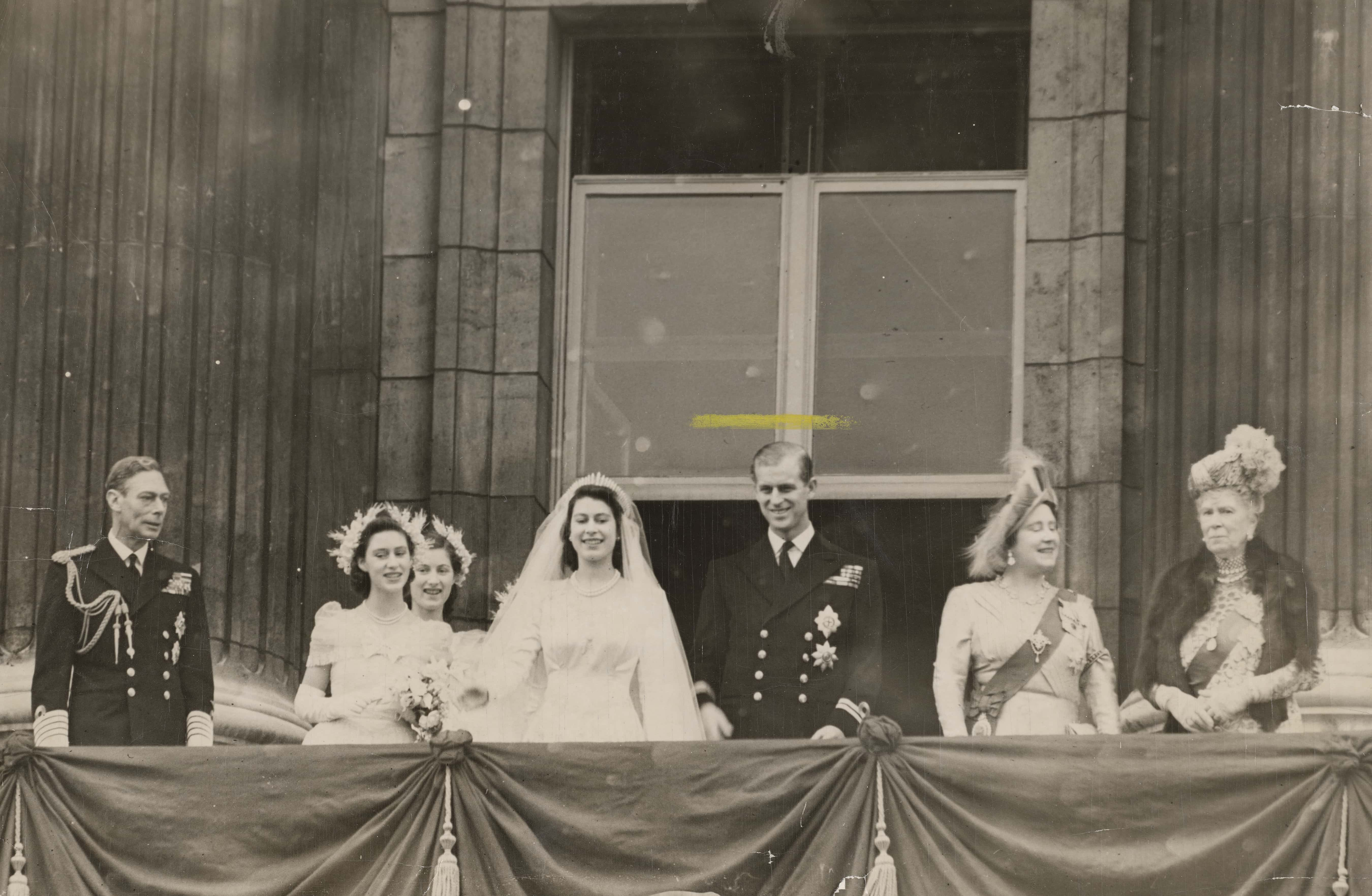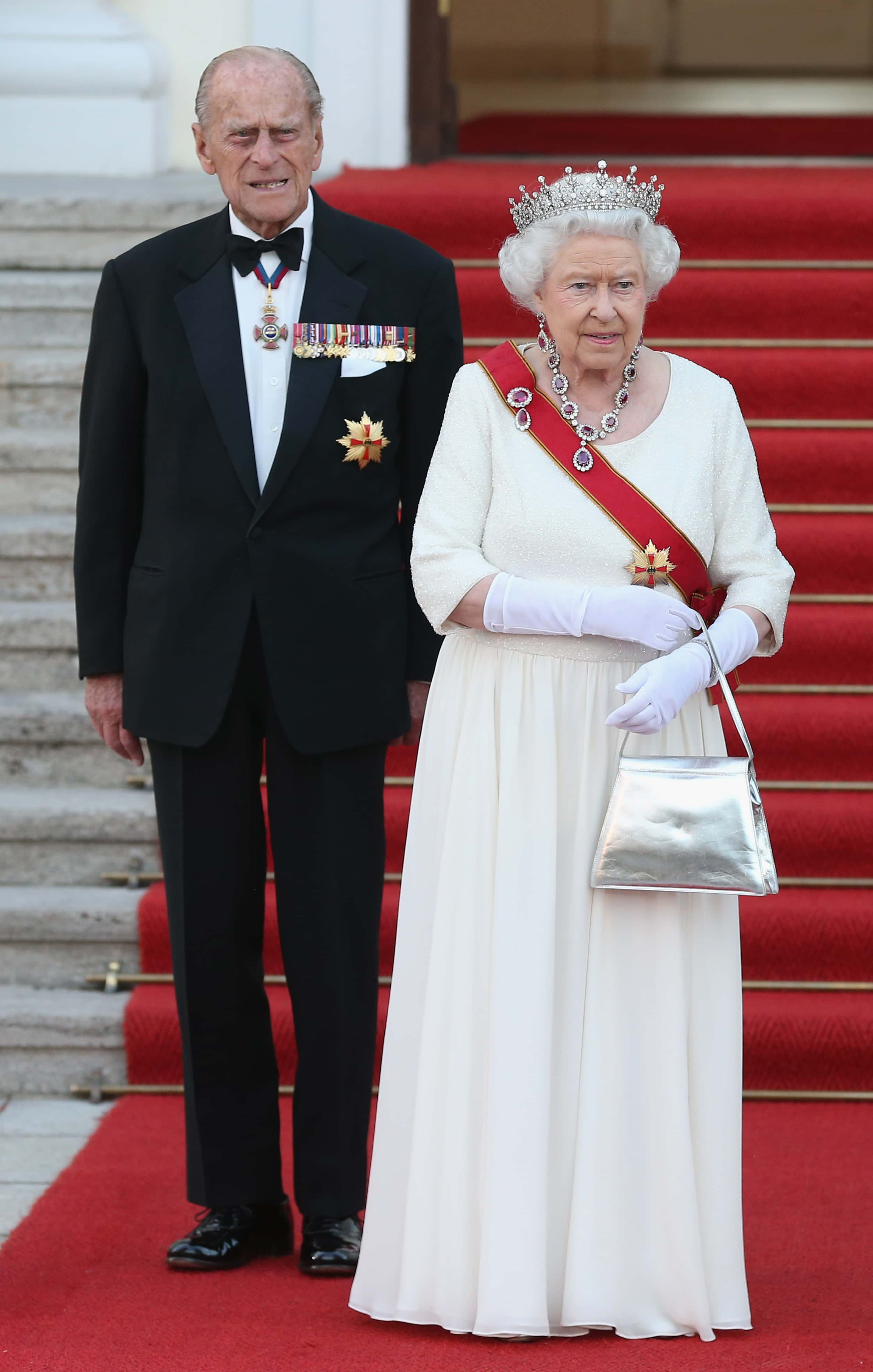Why was Prince Philip not king? Duke of Edinburgh became 'Prince Consort' after marrying Queen

Many are wondering why Prince Philip, who died peacefully at the age of 99, was never referred to as the "king" despite marrying Queen Elizabeth II, the reigning monarch of the British empire.
Announcing the death of the Duke of Edinburgh, the Palace announced on their official Twitter account on Friday, April 9: “It is with deep sorrow that Her Majesty The Queen has announced the death of her beloved husband, His Royal Highness The Prince Philip, Duke of Edinburgh. His Royal Highness passed away peacefully this morning at Windsor Castle."
READ MORE
Prince Philip, Duke of Edinburgh and consort to Queen Elizabeth II, dies at 99
How did Prince Philip die? Duke of Edinburgh’s health was deteriorating for past few weeks
Why was Philip never a king?
Upon marrying the Queen on November 20, 1947, Philip dropped his title as Prince of Greece and Denmark to become the Duke of Edinburgh. Instead of becoming the king of England, Philip became "Prince Consort". This is because the law of succession in Britain is based on gender and not bloodline. The parliamentary law means that when someone marries a King or Queen, they become known as a 'consort'. The titles can change depending on gender.

Prince Consort is defined as “the husband of a reigning female sovereign who is himself a prince.” According to the British monarchy, the prince consort does not rule, nor does he ever become king. In the event Queen Elizabeth had died before Philip, their son Prince Charles would have become king as he was next in line to the throne.
Why 'Prince Consort' instead of King Consort?
While the wives of British monarchs tend to receive the ceremonial title of "Queen" -- or, more specifically, Queen Consort, men married to the British monarch are known as prince consorts, not king consorts. For example, Elizabeth II's mother became queen consort when her husband, George VI became king. Kate Middleton will likely become queen consort when William ascends to the throne. Camilla could become queen consort, though for now, Clarence House has announced that "it is intended that Mrs Parker Bowles should use the title HRH The Princess Consort when The Prince of Wales accedes to The Throne."

The fact that the rule varies for men can be owed to the famous patriarchal British sentiment that kings always reign, whereas queen can be a symbolic title. As a title rather than description, "Prince Consort" is unique to Prince Albert. In 1857, Prince Albert was given the title by his wife, Queen Victoria. Before Prince Albert, there had only been five English, Scottish, or British male consorts whose titles varied widely. The only male consort since Prince Albert has been Prince Philip.
How did Philip become a prince?
Philip was given the dukedom by Queen Elizabeth's father, King George VI, before he married his daughter. After the royal wedding, King George VI gave Philip the title His Royal Highness (HRH), according to Express UK. It was only ten years later that Queen Elizabeth gave Philip an additional title, making him a Prince of the United Kingdom. The Netflix hit series 'The Crown' famously depicted the Queen's decision to bestow the title of 'prince on Philip' after a dispute about his importance and standing within his own home.

On February 22, 1957, the Palace issued the following statement: "The Queen has been pleased by Letters Patent under the Great Seal of the Realm bearing date 22nd February, 1957, to give and grant unto His Royal Highness the Duke of Edinburgh, K.G., K.T., G.B.E., the style and titular dignity of a Prince of the United Kingdom of Great Britain and Northern Ireland, Whitehall. The Queen has been pleased to declare her will and pleasure that His 'Royal Highness the Duke of Edinburgh shall henceforth be known as His Royal Highness The Prince Philip, Duke of Edinburgh."










